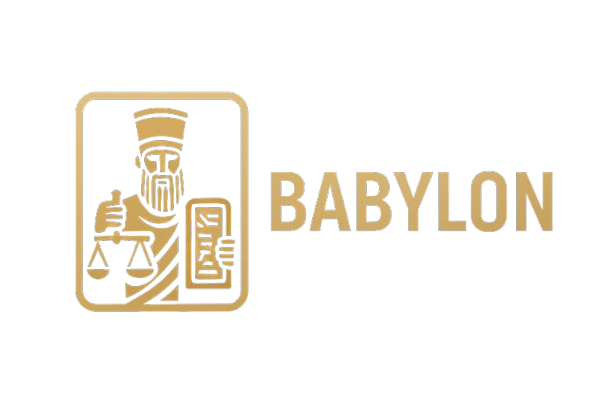Neo-Babylonian Period (626–539 BCE)
Babylonia’s Second Golden Age
This is the most famous era of Babylon.
Founded by the Chaldean Dynasty under Nabopolassar, who rebelled against the Assyrians.
Nabopolassar (626–605 BCE)
Overthrew Assyrian rule with help from the Medes.
Reestablished Babylon’s independence.
Nebuchadnezzar II (605–562 BCE)
Babylon’s greatest king after Hammurabi.
Major Achievements:
Massive building projects, including:
The legendary Hanging Gardens of Babylon (one of the Seven Wonders)
The Ishtar Gate
The Processional Way
The restoration and expansion of the city walls
Conquered Jerusalem and expanded the empire to the Mediterranean.
Created one of the ancient world’s most beautiful capitals.
Nabonidus (556–539 BCE)
The last king of Babylonia.
Known for religious reforms (worship of the moon god Sin).
His absence from Babylon weakened political stability.
Fall to Persia
In 539 BCE, Cyrus the Great of Persia conquered Babylon peacefully, ending the Neo-Babylonian Empire.
Army
Professional, powerful, and technologically advanced.
Units:
Infantry with iron weapons
Archers with composite bows
Chariot corps
Early cavalry units
Massive siege capabilities:
Siege towers
Battering rams
Earth ramps
Nebuchadnezzar conducted successful campaigns in Syria, Judah, and Phoenicia.
People & Society
Cosmopolitan empire: Babylonians, Chaldeans, Aramaeans, Jews, Phoenicians.
Large urban population — Babylon became the largest city in the world.
Growth of scholarship, astronomy, and mathematics.
Strong merchant and artisan classes.
Religion
Marduk was the supreme god.
Enormous temples restored or rebuilt.
The Akitu New Year Festival was the biggest religious event.
Priests produced advanced astronomical and astrological texts.
Economy
Booming trade across the Mediterranean and Persian Gulf.
Export of textiles, dates, grain, and luxury goods.
Use of silver-based economy.
Skilled industries: metalwork, ceramics, glass, woodworking.
Culture
Architectural marvels:
Ishtar Gate
Processional Way
Hanging Gardens (legendary)
Grand palaces and ziggurats
Flourishing arts: glazed bricks, wall reliefs.
Libraries and schools produced advanced science.
